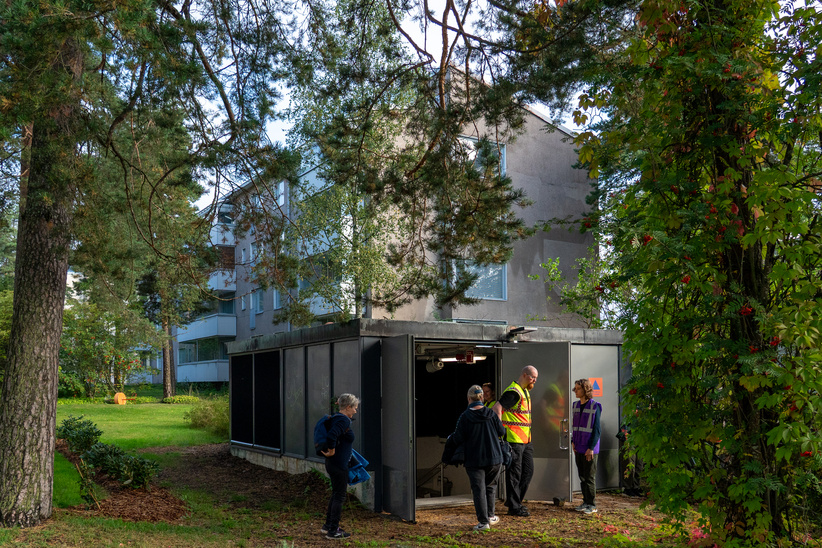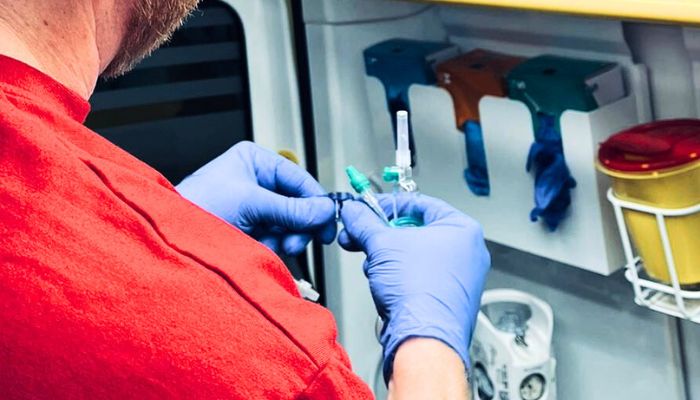
How to charge an electric car or bicycle at home?

Charging an electric car at home is safe, but there are risks associated with using a household socket.
"Charging an electric car at home is completely safe, as long as you ensure that the electrical installations are safe," says Fire Officer Joonatan Suosalo from the Helsinki City Rescue Department.
Suosalo says that, from a fire safety perspective, the best option for charging is a fixed charging station installed by a qualified electrician.
“Using a normal socket to charge an electric car is also safe, as long as an electrician has checked the condition of the socket, and the charging current is no more than 8 amperes,” Suosalo continues.
We have compiled a list of things you should check before using a normal socket to charge an electric car at home:
- The socket is in good condition and intact.
- Especially if the socket is in an old building, make sure check to check the condition and placement of the cable feeding the socket. For example, the cross-sectional area of the feed cable of an outdoor socket may be insufficient and installed inside thermal insulation, in which case charging an electric car may be a fire hazard.
- Charging electricity may not be taken from the indoor spaces of the building through windows or doors, for example.
- Extension cords and cable reels must not be used.
- Support the control unit of the charging cable during charging. Do not leave it hanging by the plug.
- Current car heating sockets and other household sockets are not suitable for basic charging due to technical limitations.
- Time switches, energy meters or similar devices connected to the socket must not be used due to the risk of electric shock and fire, unless they are specifically designed for charging purposes.
- Do not use a charging current of more than 8 amperes (A) for long-term (more than 2 hours) charging.
- After about an hour of charging, check that the plug is not hot.
- To stop charging, first disconnect the cable from the car and then from the household socket
Before using a household socket for charging, it is recommended to have an electrician check that the socket and its installation are suitable for charging. A maintenance inspection is not mandatory, but recommended. The inspection can be carried out by a person who is qualified to perform electrical installations.
Safely indoors
In addition to electric cars, the growing safety risk in people’s homes is related to other devices, such as electric bicycles and scooters, when they are charged at home, often indoors.
Considerations for fire safety:
- Use the devices' own charging tools for charging.
- Keep batteries and chargers in an open space.
- Avoid overnight charging.
- Take the charging current directly from the socket, not via an extension cord.
- Take care not to store or charge the battery in direct sunlight.
- Take old batteries to the appropriate recycling points.







